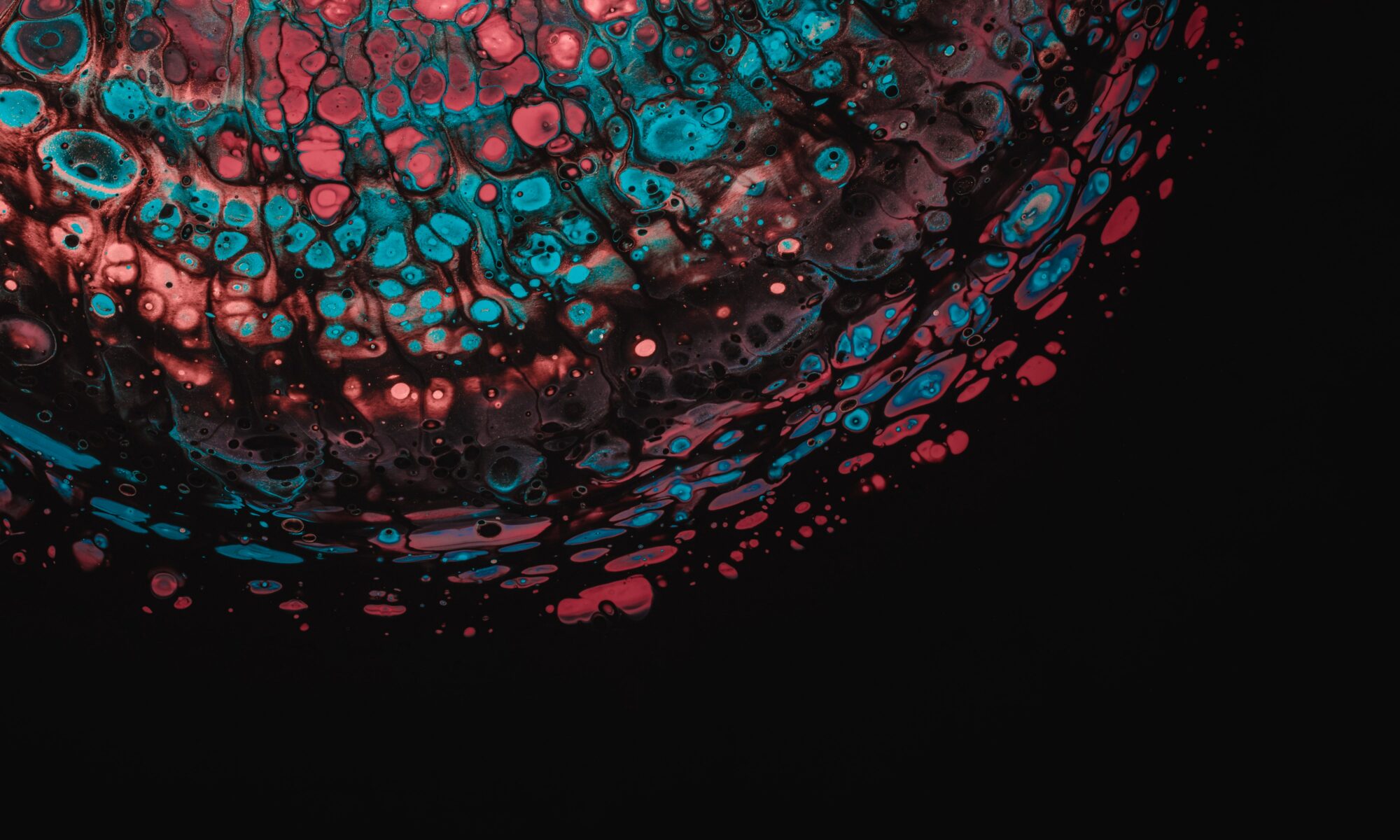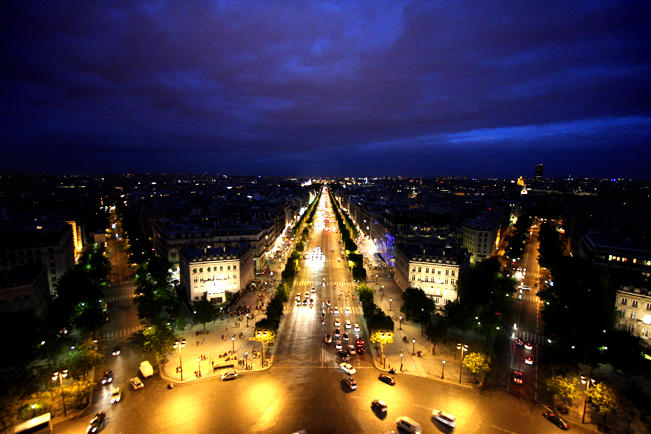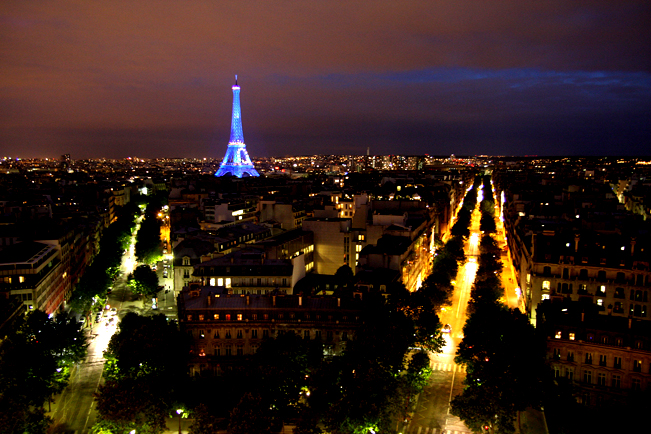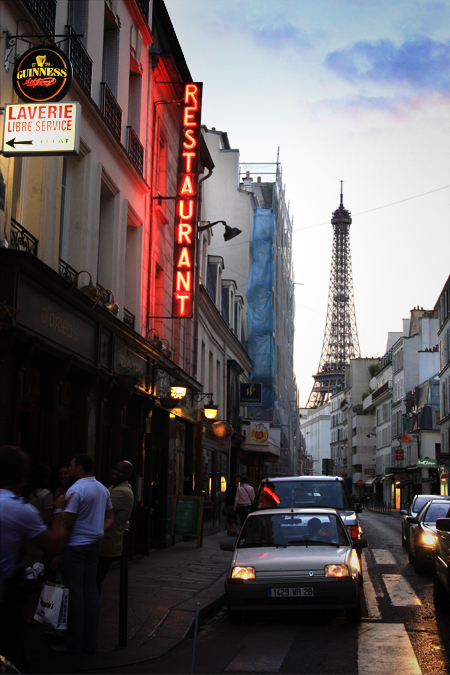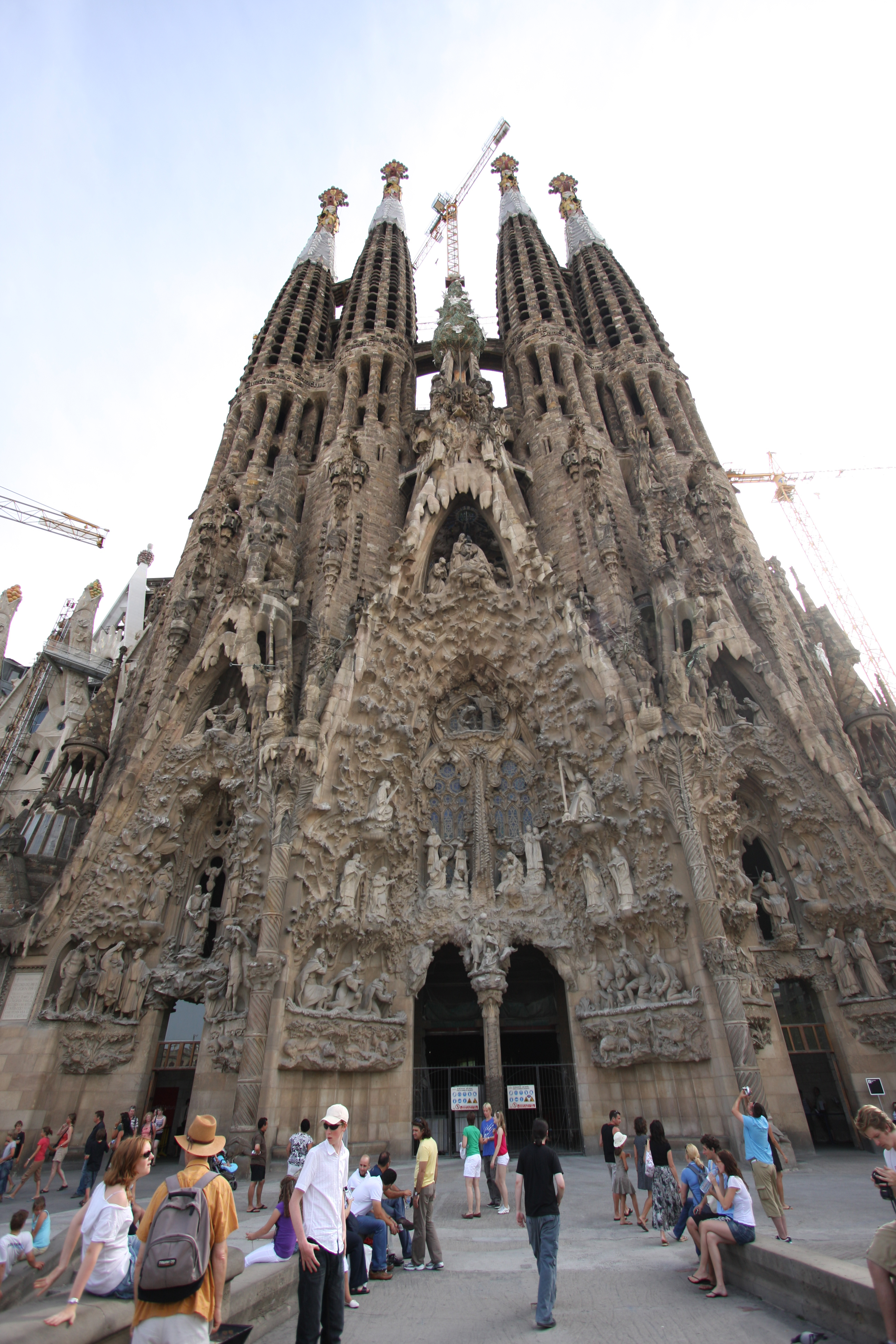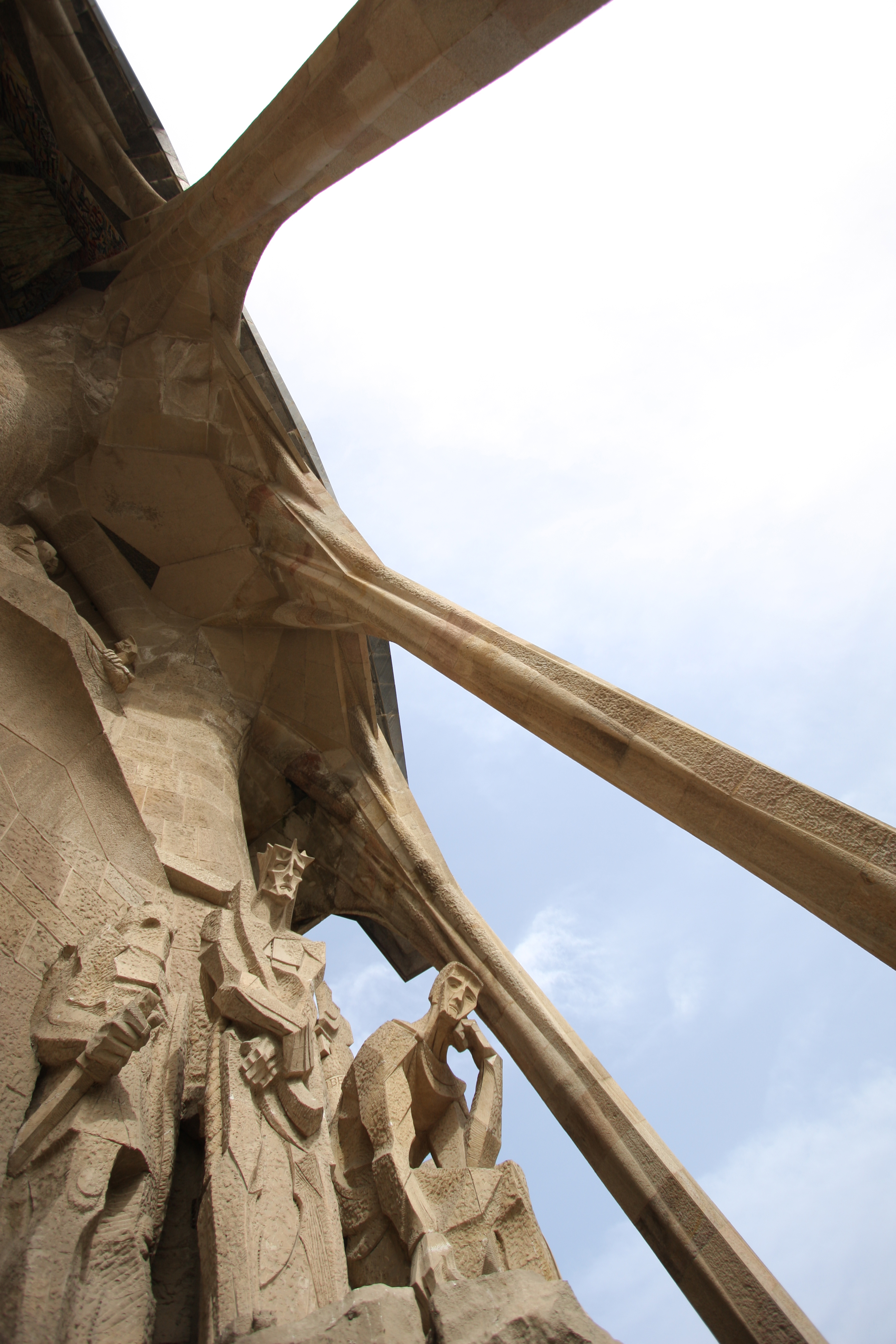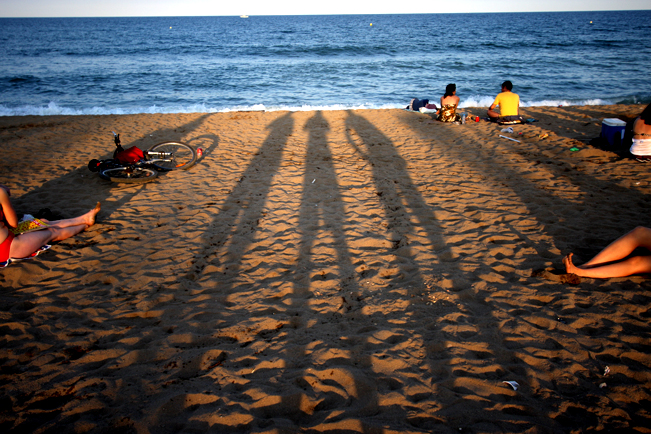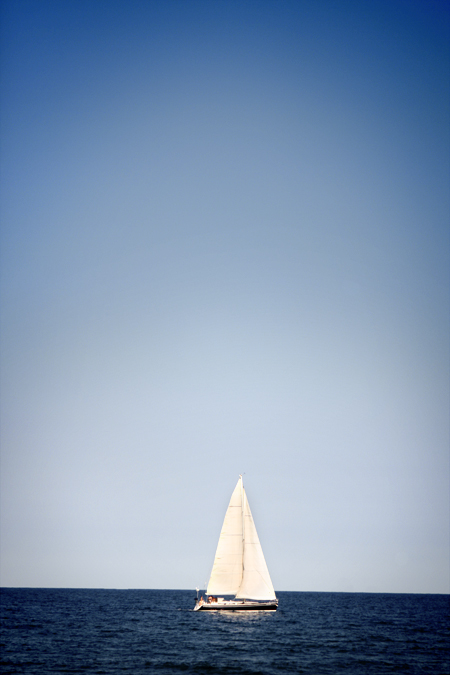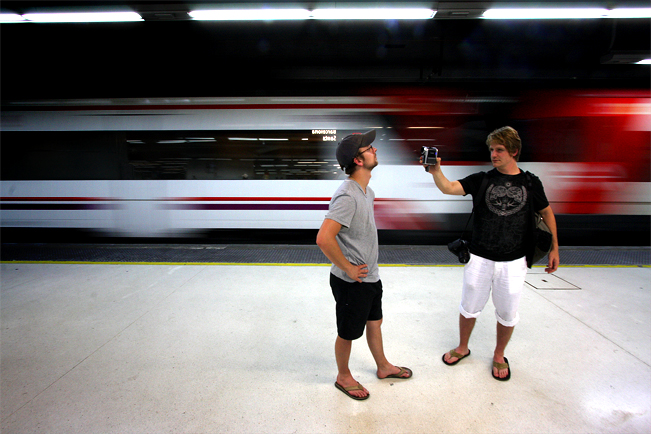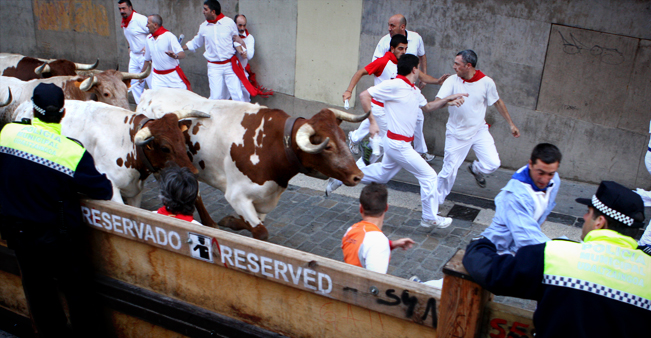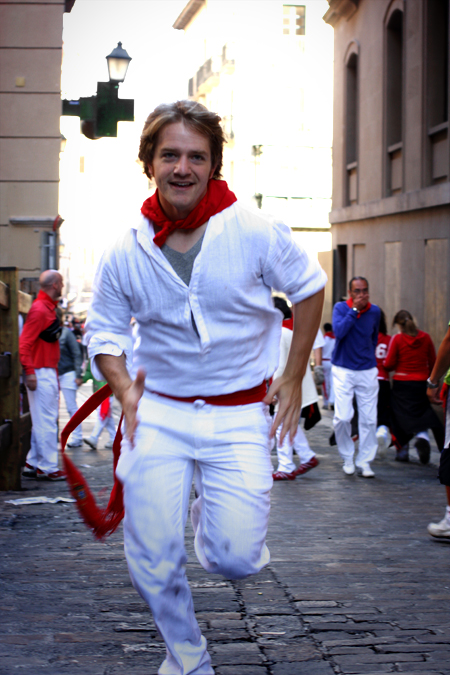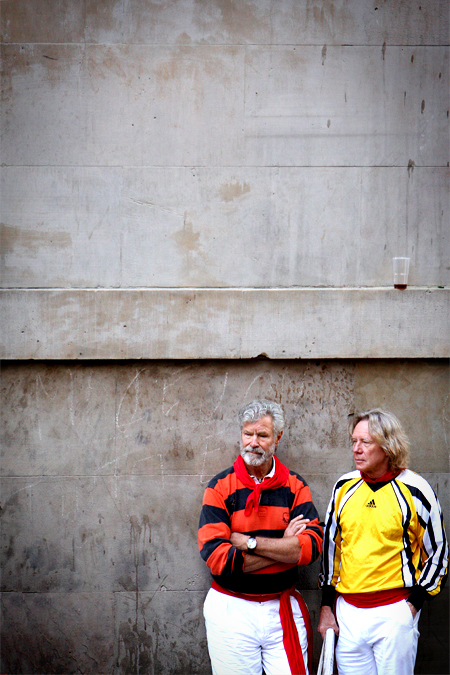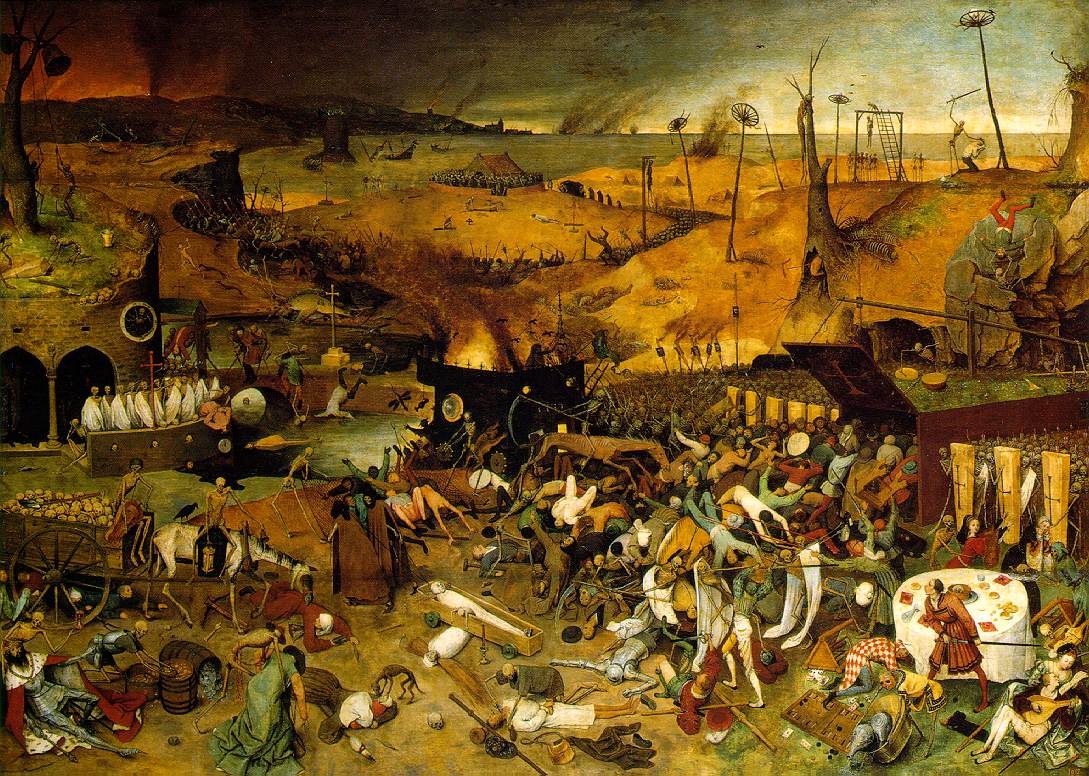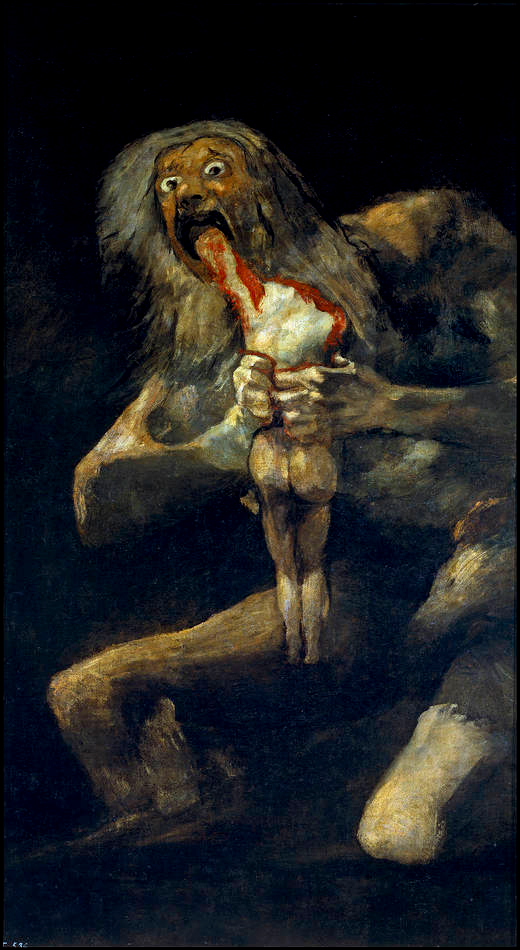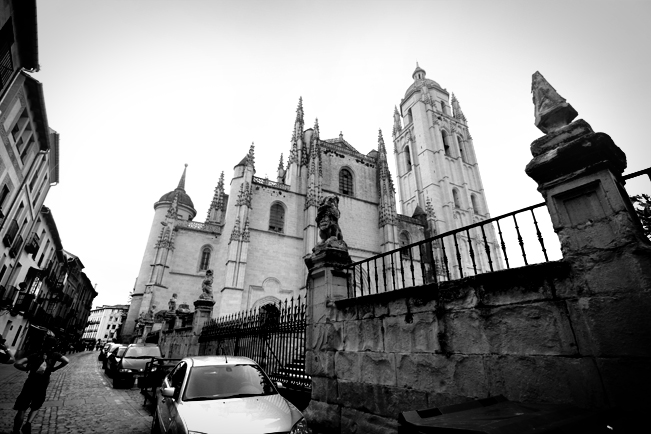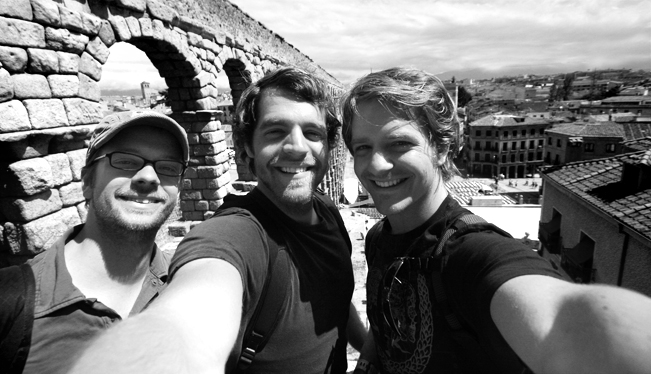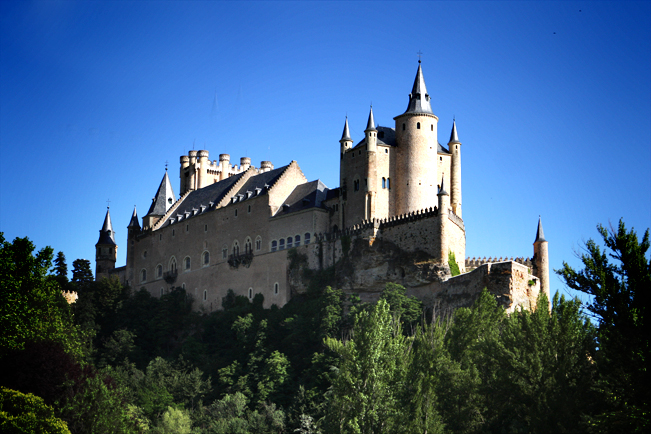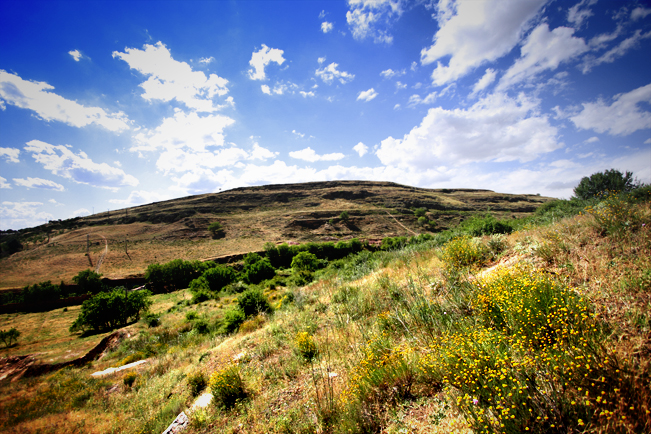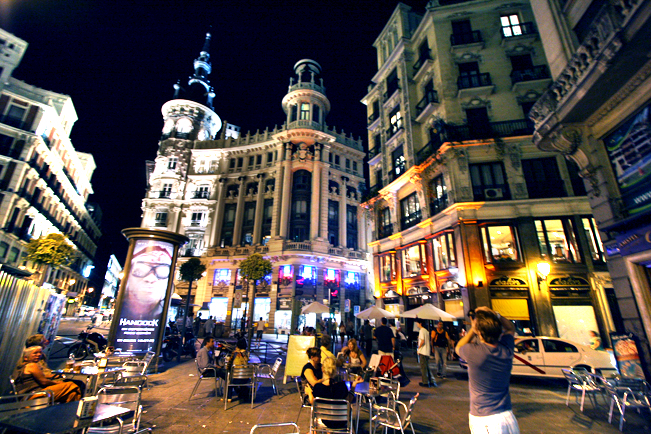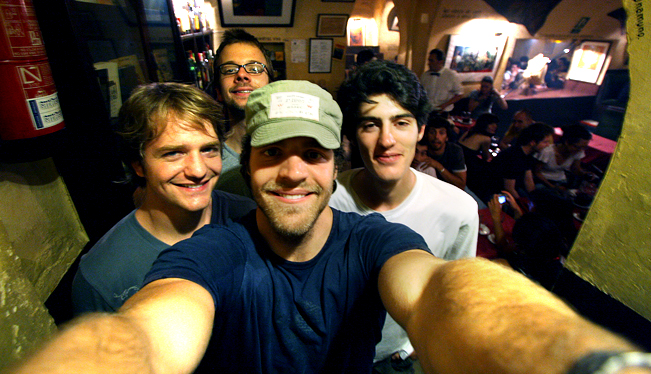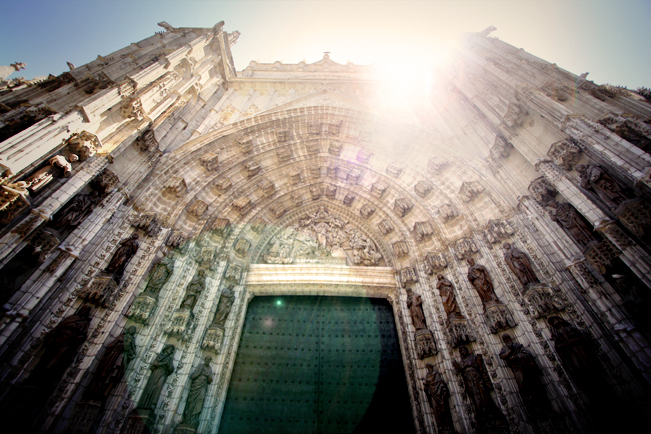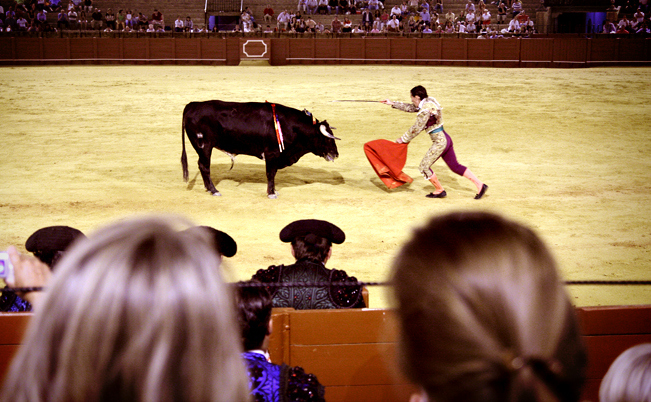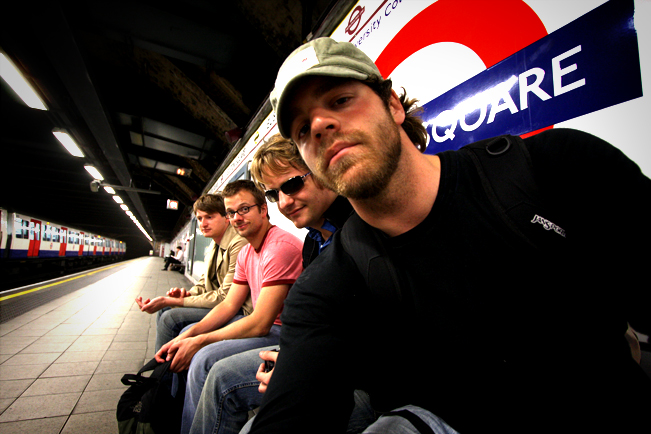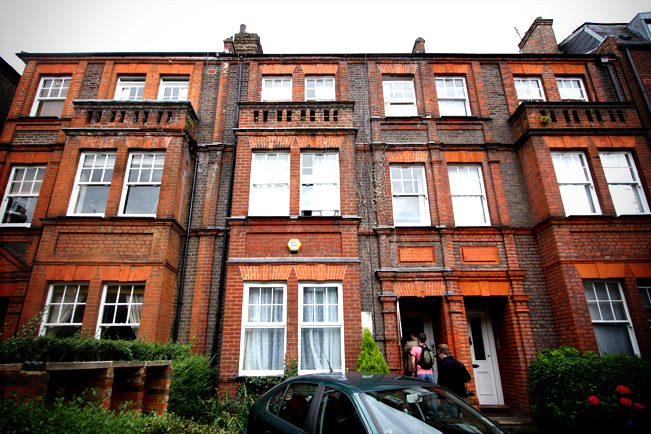I know the stereotype is that the French are stuck up and snobby, but I don’t see it that way. I think they are proud of their country in the same way that we Americans are proud of ours, and to us that comes across as snobbishness. Americans can’t imagine that there is any better place than America, and the French can’t imagine that people aren’t falling all over themselves to learn French.
When you are in France you actually feel bad that you don’t speak French. It isn’t a guilt thing. I never felt guilty for not knowing French. I just had a huge desire to communicate with them in their language. In other countries I usually just go straight for English and then see what happens. In France I always tried to open with some French. I don’t know why that is, but it is something that I noticed. Maybe it goes back to their pride in their country—you want to respect that.
Since we had lost one of our Paris days to the horrors of the Barcelona train system, we knew that we would have to cram a lot of Paris into a little amount of time. And that is what we did. As soon as we got off the train and put our bags into storage at the station, we headed for the Eiffel Tower, then to a boat tour, then to the D’Orsay, then to St. Chapalle, then to Notre Dame. See what I mean—pure tourist.
Of these sites St. Chapalle is my favorite. It is a church in the gothic style, but it is not overwhelming in size. I love that the space is small because sometimes it is easy to get over stimulated by the size of cathedrals, so much so that you can’t take everything in. Not so at St. Chapalle, though it does overwhelm in other ways. The walls are almost purely stained glass, and the vibrancy of the colored glass makes all other stained glass seem anemic. As you turn your hands in the colored light, the color of your skin changes, at once deep blue, then vibrant red. The small space allows you to be swallowed up in colored light. Truly an unbelievable place.
I’m glad in one sense that we lost a day in Paris because it is an expensive city. I don’t think it costs more really than London, but you just want to spend money in Paris. You want the big meal. You want the desert. You want the coffee every couple of hours. You want Parisian clothes. You want everything you can get your hands on. There is something about Paris that makes you manic to experience everything.
I think this is because the French enjoy life in a way that is paradoxical to Americans. We want to figure them out. There are so many books in America about how French women eat incredible rich and decadent food and stay skinny. Which is true on both counts—the food is decadent and the women are skinny. I think the key to all of this is pace. They do enjoy life but they enjoy it at a more leisurely pace than us.
Take their café culture for instance. All the seats that are outside face the street so that the café goers can leisurely enjoy their coffee and people watch. This would never happen in America. When we are in a coffee shop it is for a specific reason. It may be to work. It may be to get a caffeine fix. It may be to read. It may be to study. Even meeting a friend for a chat is a stated purpose. I think the French take life more as it comes, and I think in that non-pragmatic, non- ends driven approach is at the heart of how the French do things. There doesn’t always have to be an agenda. Which is a hard pill for us Americans to shallow. We always have to have reasons for things.
The very premise of this travel blog shows that my American brethren and I are driven by pragmatics. With these posts I’m attempting to show why travel matters, which is a presupposition inherently about value and pragmatics. It is an attempt to show that the cost/benefit analysis of travel actual comes out in my favor in the end. And that may or may not be possible to quantify. Some things are just worth it, even if you can’t explain it.
Look what the French have done. They simply turned their chairs ninety degrees toward the street, and I’m questioning my pragmatic presuppositions. C’est la vie.
For more pictures, check out Joseph’s website.
